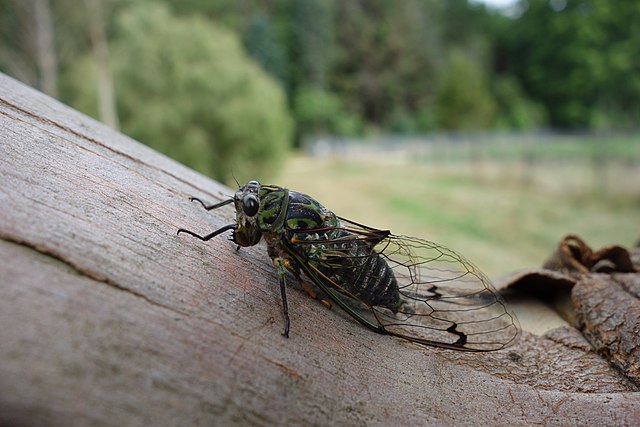In biogeography and paleontology, a relict is a population or taxon of organisms that was more widespread or more diverse in the past. A relictual population is a population currently inhabiting a restricted area whose range was far wider during a previous geologic epoch. Similarly, a relictual taxon is a taxon which is the sole surviving representative of a formerly diverse group.
The population of the Siberian columbine in the Central Siberian Plateau is considered a quaternary relict.
Endemism is the state of a species only being found in a single defined geographic location, such as an island, state, nation, country or other defined zone; organisms that are indigenous to a place are not endemic to it if they are also found elsewhere. For example, the Cape sugarbird is found exclusively in southwestern South Africa and is therefore said to be endemic to that particular part of the world. An endemic species can also be referred to as an endemism or, in scientific literature, as an endemite.
Both the orange-breasted sunbird (Anthobaphes violacea) and the Kniphofia uvaria plant it feeds on are found exclusively in South Africa.
Bicolored frog (Clinotarsus curtipes) is endemic to the Western Ghats of India.
Montezuma Well in the Verde Valley of Arizona contains at least five endemic species found exclusively in the sinkhole.
Chorus cicada (Amphipsalta zelandica), a species endemic to New Zealand




